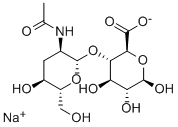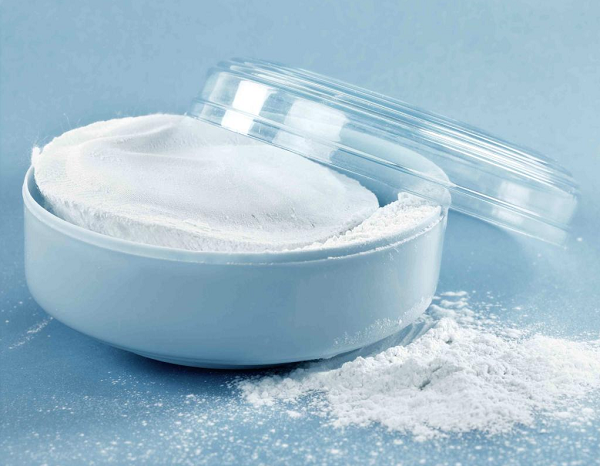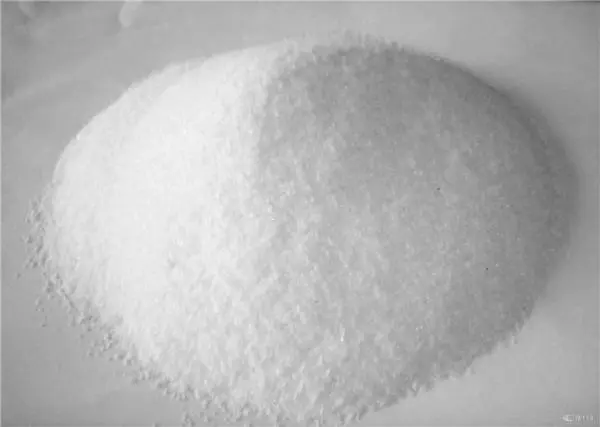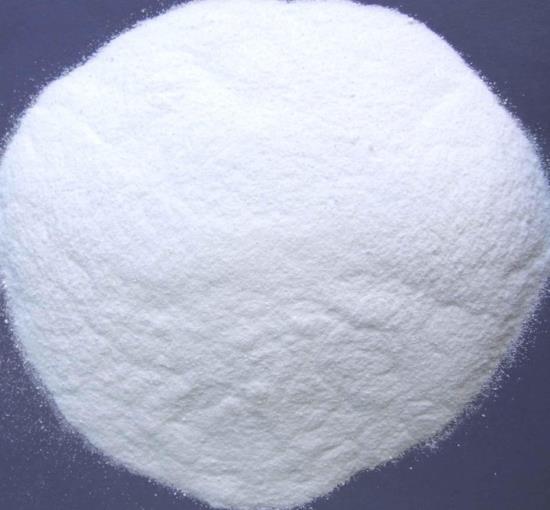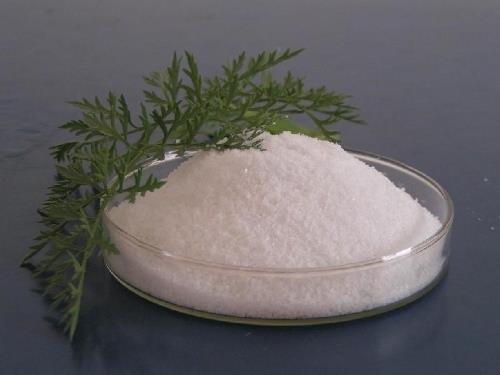Sodium Hyaluronate in Skin Care: Benefits, Side Effects and Preparation
General Decription
Hyaluronic acid (HA) is a substance that naturally occurs in your body, including your skin and joint fluid. HA can also be used as a skin care ingredient. In this case, it’s usually sourced from animal tissues or bacterial fermentation. When applied topically, it has a moisturizing and soothing effect. Sodium hyaluronate is an ingredient that’s extracted from HA. It’s the sodium salt form of HA. Other names include: hyaluronate sodium, hyaluronic acid sodium, hyaluronic acid sodium salt, hyalurone sodium. Like HA, sodium hyaluronate can help your skin look youthful and supple. It also has benefits for joint and eye health. Sodium hyaluronate is different from HA, though. Read on to learn how it compares to HA, along with its benefits and uses.1
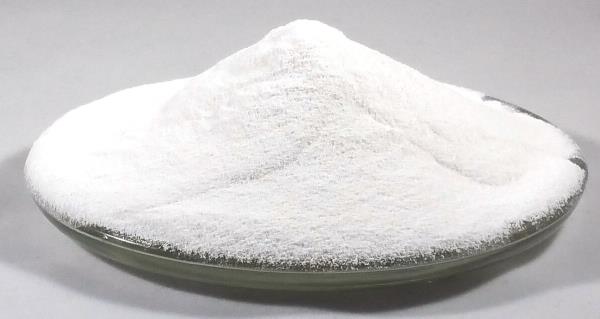
Figure 1. Properties of Sodium Hyaluronate
As a derivative of HA, sodium hyaluronate has similar benefits to HA. It's been proven to:
Moisturize the skin
Sodium hyaluronate is hydrophilic, meaning it easily mixes with water. When applied topically, it attracts moisture in skin cells. This reduces dryness and flaking by increasing skin hydration. Compared to high molecular weight HA, sodium hyaluronate can provide a greater hydrating effect. This is due to its low molecular weight, according to a 2019 report.2
Reduce appearance of wrinkles
Dry skin makes fine lines and creases more noticeable. But as sodium hyaluronate hydrates the skin, it improves the appearance of wrinkles. In a 2014 study, formulas with sodium hyaluronate decreased wrinkle depth and improved elasticity. The researchers linked this effect to the hydrating properties of HA.2
Reduce skin inflammation
Sodium hyaluronate can also soothe skin inflammation. In a 2013 study, an sodium hyaluronate cream reduced symptoms of rosacea in adults. Rosacea is an inflammatory skin condition that causes redness, burning, and bumps. According to the study, low molecular weight HA promotes the production of beta-defensin 2 (DEFβ2,) a compound that promotes tissue healing. It also controls the activity of inflammatory cells. Similarly, in a 2014 study, sodium hyaluronate gel improved an inflammatory skin disorder called seborrheic dermatitis.2
Heal wounds
In a 2017 case report, sodium hyaluronate gel helped heal a recurring skin ulcer. According to the researchers, this was due to HA’s ability to promote cell multiplication and tissue repair. The rise in DEFβ2 also played a role. DEFβ2 has antimicrobial effects, which protects wounds from infection. These properties, combined with the anti-inflammatory activity of sodium hyaluronate, can help support proper wound healing.2
Beyond skin care, sodium hyaluronate has other medical benefits.
Knee osteoarthritis
Sodium hyaluronate is naturally found in joint fluid and cartilage. However, in osteoarthritis, levels of sodium hyaluronate in the joints become low. If you have osteoarthritis in the knee, an injection of sodium hyaluronate can help. The treatment is directly injected in the knee, which decreases pain in the area.3
Eye surgery
Sodium hyaluronate is also an ophthalmic viscosurgical device (OVD). As an OVD, sodium hyaluronate protects the eye and creates space for surgery. It’s useful in procedures like: corneal transplant surgery, glaucoma filtration surgery, secondary intraocular lens implantation, and cataract surgery.3
Dry eye syndrome
Due to its anti-inflammatory and moisturizing effects, sodium hyaluronate can soothe dry eyes. It may reduce symptoms like: dryness, burning, and itching.3
Rhinitis
When used as a nasal spray, sodium hyaluronate can relieve symptoms of rhinitis. This condition occurs when the inside of your nose becomes inflamed. The spray may help: nasal congestion, swelling, and runny nose.3
Sodium hyaluronate, as well as HA, are considered safe. It’s rarely associated with side effects when applied topically. It's also safe to use sodium hyaluronate when pregnant or breastfeeding. Still, it's possible to be sensitive to any ingredient. If sodium hyaluronate makes your skin irritated or red, stop using it immediately.4
Hyaluronic acid has two salt forms: sodium hyaluronate and potassium hyaluronate. As the name suggests, sodium hyaluronate is the sodium salt version. Sodium hyaluronate is part of HA. It can be extracted and used separately. This is important because it changes how the substance affects the skin. The difference comes down to molecular weight. Hyaluronic acid has a high molecular weight, which means it's a macromolecule. The large molecules coat the skin and prevent water loss, leading to better hydration. Sodium hyaluronate has a lower molecular weight than hyaluronic acid. It's small enough to penetrate the epidermis, or top layer of the skin. In turn, it can improve hydration from the underlying skin layers. Since sodium hyaluronate is derived from HA, it's sometimes called "hyaluronic acid". It may be listed as "hyaluronic acid (as sodium hyaluronate)" on skin care labels.4
Preparation of Sodium Hyaluronate
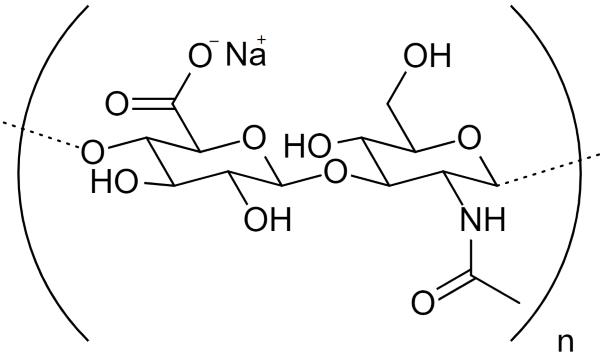
Figure 2. Structure of sodium hyaluronate
There are two main methods of obtaining sodium hyaluronate: (i) extraction of hyaluronic acid from animal tissues (e.g. extraction from rooster combs); (ii) growth of micro-organisms and recovery of hyaluronic acid as a product of fermentation.5
(i) Extraction from rooster combs is expensive and time-consuming and leads to serious problems, namely a reduction in quality due to contamination by the enzymes that degrade hyaluronic acid (HAase), and inflammatory reactions at the time of injection. The extraction processes are also characterised by a number of problems and by low yields, limited availability of the starting material, inability to control the characteristics of the end product (such as the molecular weight), and contamination risks deriving from viruses.5
(ii) The production of sodium hyaluronate by fermentation of a suitable micro-organism represents an effective process in terms of costs. Numerous methods are described in the literature for the production and purification of sodium hyaluronate using fermentation technology. However, many of them commonly use quaternary ammonium salts to remove impurities, leading to lengthy precipitate re-dissolution times and the presence of quaternary ammonium salts in the end product. Moreover, said purification techniques are mainly based on different precipitation steps requiring extensive use of organic solvents, thus increasing the costs associated with the purification of the product and waste disposal.5
References
1. Becker, L. C., Bergfeld, W. F., Belsito, D. V., Klaassen, C. D., Marks, J. G., Shank, R. C., ... & Andersen, F. A. (2009). Final report of the safety assessment of hyaluronic acid, potassium hyaluronate, and sodium hyaluronate. International journal of toxicology, 28(4_suppl), 5-67.
2. Nobile, V., Buonocore, D., Michelotti, A., & Marzatico, F. (2014). Anti‐aging and filling efficacy of six types hyaluronic acid based dermo‐cosmetic treatment: double blind, randomized clinical trial of efficacy and safety. Journal of Cosmetic Dermatology, 13(4), 277-287.
3. Schlesinger, T. E., & Powell, C. R. (2013). Efficacy and tolerability of low molecular weight hyaluronic acid sodium salt 0.2% cream in rosacea. Journal of Drugs in Dermatology: JDD, 12(6), 664-667.
4. Tagliagambe, M., Elstrom, T. A., & Ward, D. B. (2017). Hyaluronic acid sodium salt 0.2% gel in the treatment of a recalcitrant distal leg ulcer: a case report. The Journal of Clinical and Aesthetic Dermatology, 10(11), 49.
5. Maurizio PAGLIUCA, Alessandro RUGGIERO, Felice VOLPE. EP2870255B1.
Related articles And Qustion
Lastest Price from Sodium hyaluronate manufacturers
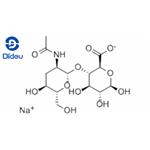
US $0.00-0.00/KG2025-12-05
- CAS:
- 9067-32-7
- Min. Order:
- 1KG
- Purity:
- 98
- Supply Ability:
- 10000KGS

US $0.00-0.00/KG2025-09-12
- CAS:
- 9067-32-7
- Min. Order:
- 1KG
- Purity:
- 98%
- Supply Ability:
- 1MT
